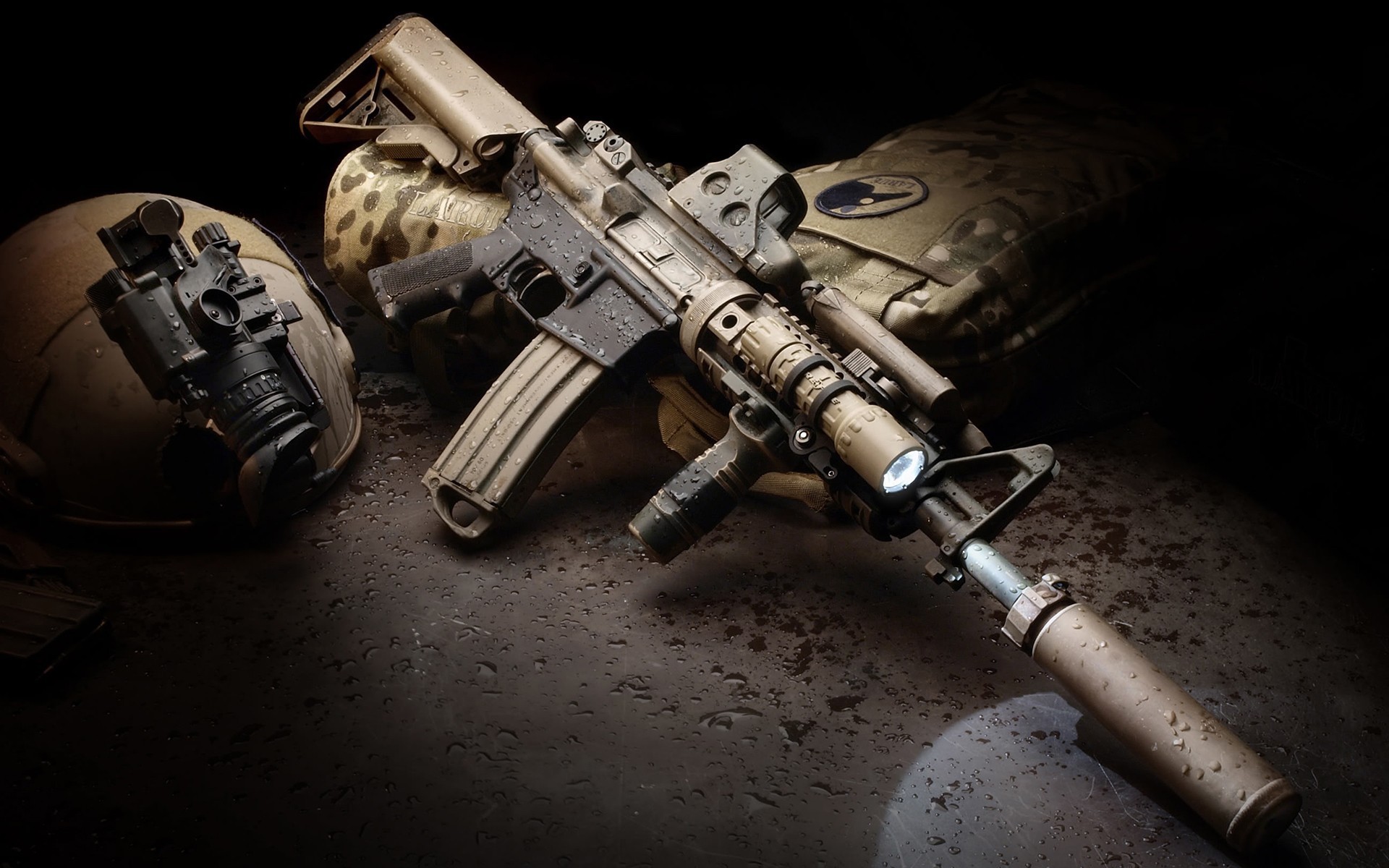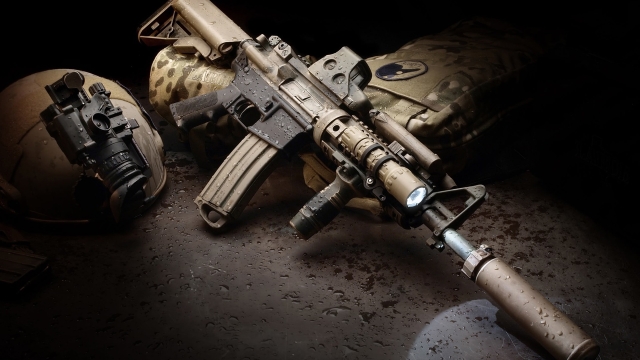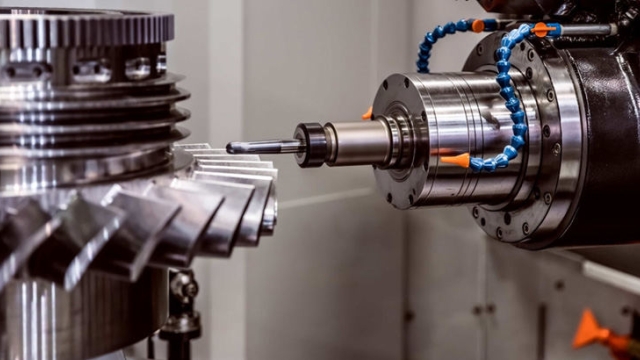Firearms have long been a subject of intrigue and controversy, evoking a wide range of emotions and opinions. From their historical significance on battlefields to their role in ensuring personal safety, firearms have become an integral part of society. With the power to protect and to harm, these weapons are both captivating and mystifying. In this article, we will delve into the intricacies of firearms, exploring the world of ammunition, the mechanics of operation, and the various types and uses of these powerful tools. So, fasten your seatbelts and get ready to unlock the secrets behind firearms, as we embark on a journey that will enlighten and captivate even the most novice of enthusiasts.
Understanding Ammunition
In order to fully comprehend firearms, it is crucial to have a solid understanding of ammunition. Ammunition refers to the bullets or cartridges that are loaded into a firearm to be fired. These small but mighty components play a vital role in the functionality and effectiveness of a firearm.
Ammunition is typically composed of three main parts: the casing, the projectile, and the propellant. The casing, often made of brass or steel, serves as a container for the other components. It holds everything together and helps with the extraction and ejection process when the firearm is fired.
Within the casing, we find the projectile, which is the part of the ammunition that is propelled out of the firearm upon firing. Projectiles come in various forms, such as full metal jacket (FMJ) bullets, hollow point bullets, or even shotgun shells filled with pellets. Each type of projectile is designed for specific purposes, whether it is for target practice, self-defense, or hunting.
The propellant, also known as gunpowder, is what generates the energy needed to push the projectile out of the firearm. It is contained within the casing and ignites when the firing mechanism of the firearm is activated. The amount and type of propellant used can greatly affect the velocity, range, and overall performance of the ammunition.
Understanding the intricacies of ammunition is crucial not only for firearm enthusiasts but also for anyone interested in the mechanics and workings of firearms. By comprehending the different components and their functions, one can gain a deeper appreciation for the role ammunition plays in the world of firearms.
Different Types of Firearms
-
Handguns:
Handguns are compact firearms designed to be held and operated with one hand. They come in various forms, including pistols and revolvers. Pistols are semi-automatic handguns that use magazines to store and feed ammunition. They are popular for their ease of use and versatility. Revolvers, on the other hand, have a rotating cylinder that holds the ammunition. They are appreciated for their simplicity and reliability. -
Rifles:
Gun Stores Near My Location
Rifles are long-barreled firearms designed for accurate shooting at medium to long distances. They typically have a shoulder stock for stability and improved control. The most common types of rifles include bolt-action, semi-automatic, and fully automatic rifles. Bolt-action rifles require manual cycling of the bolt to load and fire each round, while semi-automatic rifles automatically load and fire a new round with each trigger pull. Fully automatic rifles, also known as machine guns, have the capability to continuously fire rounds as long as the trigger is held down. -
Shotguns:
Shotguns are firearms primarily designed to fire shells that contain multiple projectiles, known as shot. They are highly effective for close-range engagements and are frequently used for hunting, sport shooting, and home defense. Shotguns can be classified into various types, such as pump-action, semi-automatic, and break-action shotguns. Pump-action shotguns require the user to manually slide the forend back and forth to cycle the action and load the next round. Semi-automatic shotguns automatically load and fire a new round after each trigger pull. Break-action shotguns, commonly known as double-barreled shotguns, have two barrels that hinge open for reloading.
Remember, the above information provides a brief overview of the different types of firearms. It is crucial to familiarize oneself with local laws and regulations regarding firearms ownership, usage, and safety before any involvement with firearms.
Safety Measures and Responsible Use
In order to ensure the safe handling and use of firearms, it is imperative to adhere to certain safety measures and exercise responsible use. By following these guidelines, we can minimize the risk of accidents and promote a culture of responsible firearm ownership.
-
Proper Training and Education: Taking the time to receive comprehensive training and education on firearms is crucial for safe usage. Learning about different types of firearms, ammunition, and their proper handling can greatly reduce the chances of accidents occurring. It is recommended to enroll in certified firearms safety courses and be familiar with local laws and regulations.
-
Secure Storage and Access: Firearms should always be stored in a secure location, such as a gun safe, when not in use. This helps prevent unauthorized access, especially by children or individuals who are not trained in their proper use. Safe storage measures may include using lockboxes, trigger locks, or installing firearm cabinets designed for secure storage.
-
Responsible Handling and Discharging: When handling firearms, it is important to always keep the muzzle pointed in a safe direction, away from people or valuable objects. Finger should be kept off the trigger until ready to shoot, and all firearms should be treated as if they are loaded, even if they have been visually inspected. Proper eye and ear protection should also be worn when discharging firearms to protect against potential injury.
By adhering to these safety measures and promoting responsible use, we can foster a safer environment for both firearm owners and the general public. It is essential that individuals using firearms are aware of the potential risks associated with their usage and take the necessary precautions to prevent accidents and ensure the well-being of themselves and others.




